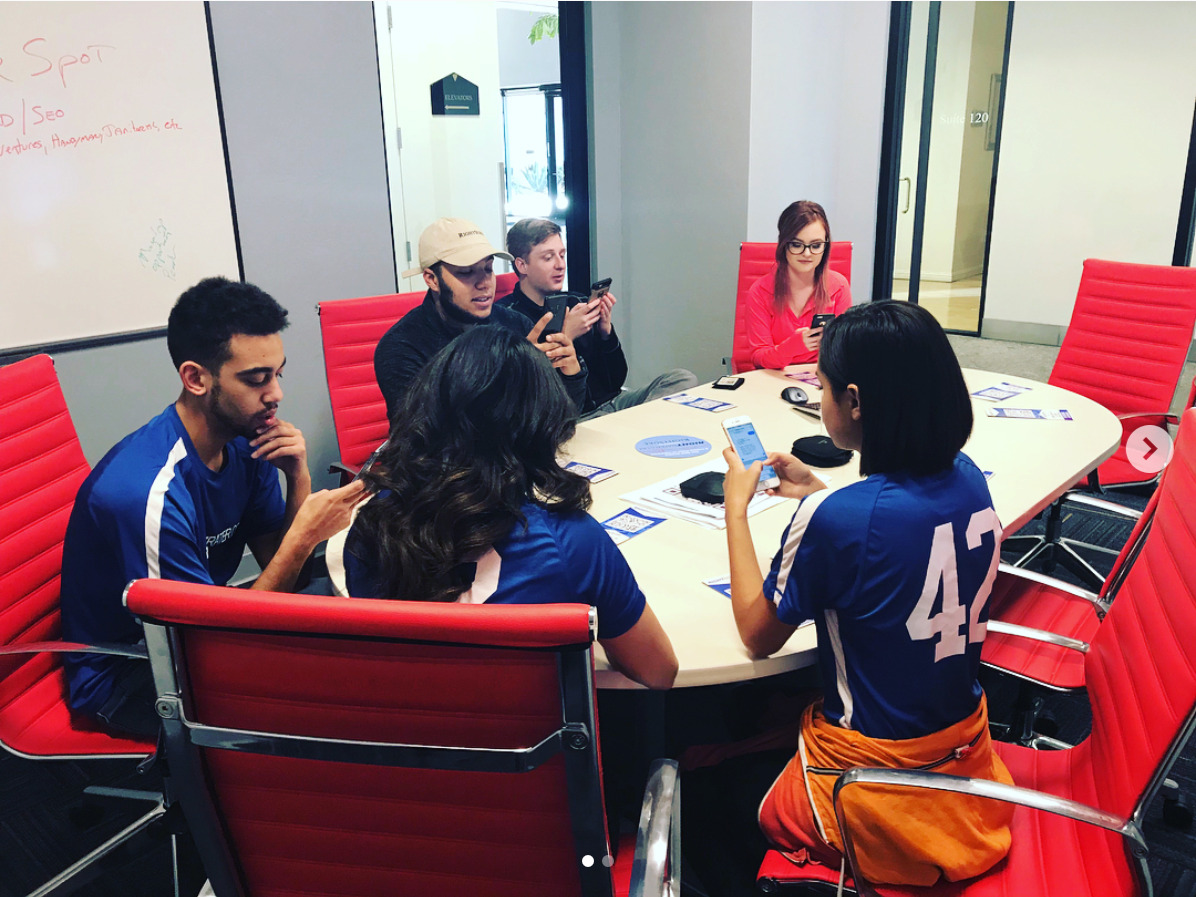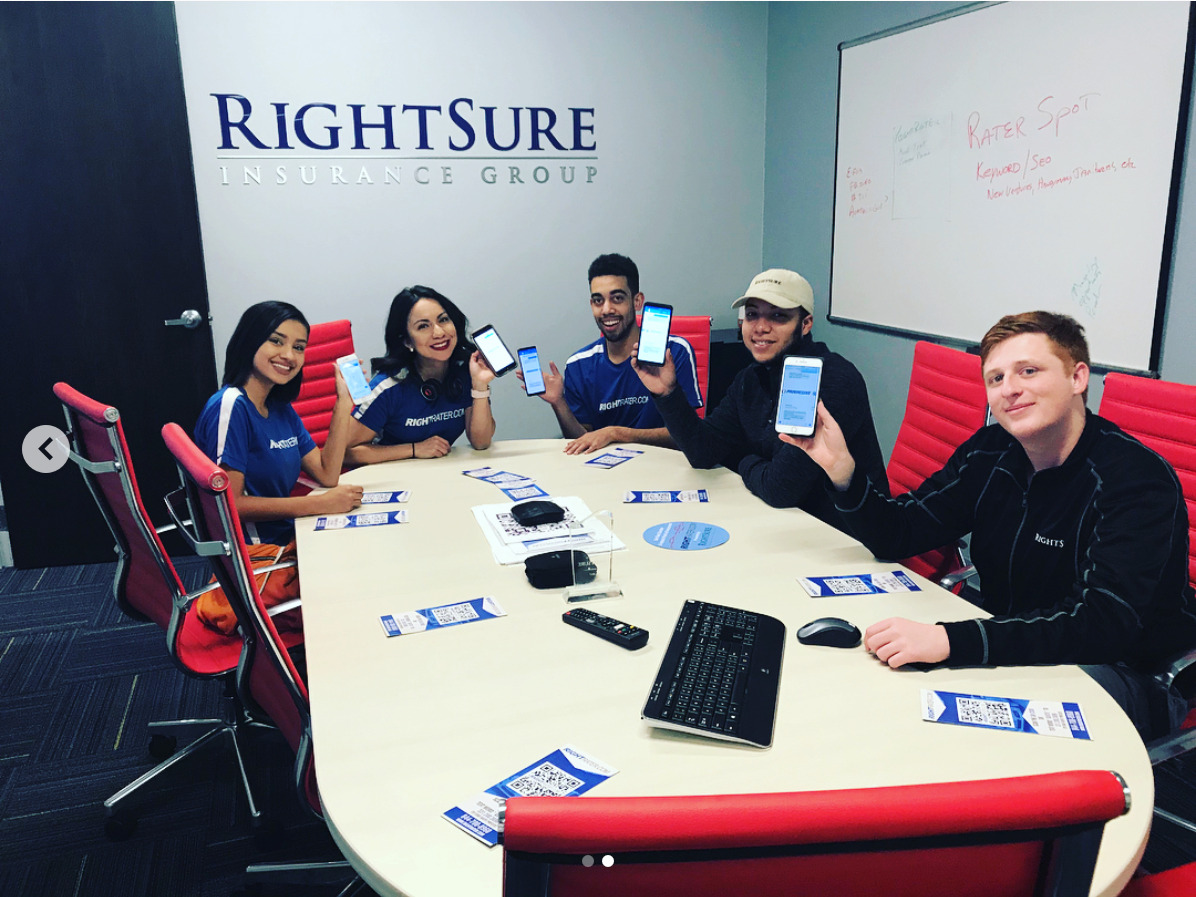Insurtech TRANSFORMATION TIPS:
4 Ways to Overcome Employee Challenges
To achieve a tech transformation at your insurance agency, your customers and team members behaviors must change too. But if you think your customers represent the greatest challenge, you’re wrong.
Most of the tech transformations we make, such as moving to a mobile platform or going paperless, are driven by customer demand. If your tech makes the customer experience more convenient, most customers are happy to get on board.
If your tech makes the customer experience more convenient, most customers are happy to get on board.

Meanwhile, changing your employee's behaviors is often much more difficult. Your employees are used to doing things in a certain way and changing the established workflow requires a lot of effort.
Below are four steps that will help you overcome some of the employee challenges involved when embracing technology at your agency:
1) Acknowledge the pain. As a leader, you must recognize that change is stressful.You’re asking your team to do things a new way, which, at first, will make everyday processes slower and more difficult. It will hurt their heads, erase their confidence, mistakes will be made, veteran team members may feel confused and incapable, and there will probably be unforeseen issues.
So, before any transformation begins, don’t tell them that the process will be easy, tell them it will be tough and ask for their loyalty and commitment while you get through it. If you don’t recognize and proactively address the stress these changes may cause, you will cause a great deal of harm to your team.
2) Share the end game. Getting your employees to accept change is easier if they understand why the changes are being made. Explain that your agency is simply evolving to meet the demands of consumers and if the agency doesn’t adjust to changing consumer preferences, it will be obsolete.
Explain that your agency is simply evolving to meet the demands of consumers and if the agency doesn’t adjust to changing consumer preferences, it will be obsolete.
It’s also important to point out the upside of change, such as simpler processes, less grunt work and more prospects. Remember to talk about what’s in it for them.
3) Prepare for different reactions. As your employees respond to change, they will fall into one of three groups:
- Early adopters. Change comes easy to this group. They want to make others happy and will adapt as needed.
- Negative Nellies. This group is eager to prove why the change is a bad idea and how management has failed. The only time they’ll smile is when things go wrong.
- Sideliners. These people take a wait-and-see approach. This is the most challenging group because they are the last to commit. Even worse, you don’t know where they stand because they aren’t vocal about their concerns.
Generational differences also influence reactions to change. For example, you may expect baby boomers to be negative Nellies or sideliners, but they’re often very supportive of change.They may give you negative feedback and express their experience, but they’re not being negative, they’re being constructive.
And while Generation Z team members are likely to be early adopters, they may struggle at first because they lack the depth of experience to problem solve. If you have Gen Z workers who seem like sideliners, they may need more training and guidance.
Another component to consider is learning style. Some people like to read or listen, while others are hands-on learners. You will not be able to achieve full-scale change without accommodating different learning styles.
Finally, watch out for the“head-nodders.” Some employees will say they understand something when they actually don’t because they don’t want you to think that they’re unintelligent. Don’t just accept it when your employees say they understand—ask them to demonstrate their understanding.

4) Communicate excessively. Even if it seems redundant, communicate the same message multiple times in multiple formats. For example, if you send an email, don’t assume that everyone read it. Put the message into a group text or personally talk to each team member as well. One email is never enough.
Also, when you change to a new system, there are often training tutorials available to help employees learn. Remember that while those tutorials will teach them the new system, they will not teach your team how to transition from the old system to the new one.
Even if you do everything right,things will not go perfectly. Moreover, the process will probably require more patience and hard work than you expect. To get everyone on board, you’ll need to pay attention to individual differences. Even then, there will be push back.You have to be decisive, but you also have to be introspective.
If something isn’t going as planned,ask yourself, “What can I do differently?” And if you end up asking yourself if the change is worth it. The answer is always yes. While change and growth are painful and difficult, they are nothing compared to the pain of becoming obsolete.

The answer is always yes. While change and growth are painful and difficult, they are nothing compared to the pain of becoming obsolete.